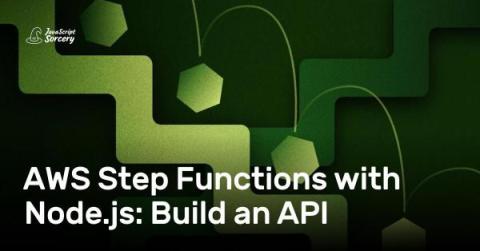What's New in Node.js 21
Node.js v21, the latest Node update, is now available as a stable release. It supersedes v20 in the'Current' release line, which has been promoted to the long-term support (LTS) channel as of 24 October. This new version stabilizes the fetch and WebStreams API, adds a built-in WebSocket client, improves support for ES modules, and brings some notable performance improvements (as well as a customary update of Node.js dependencies such as V8).









